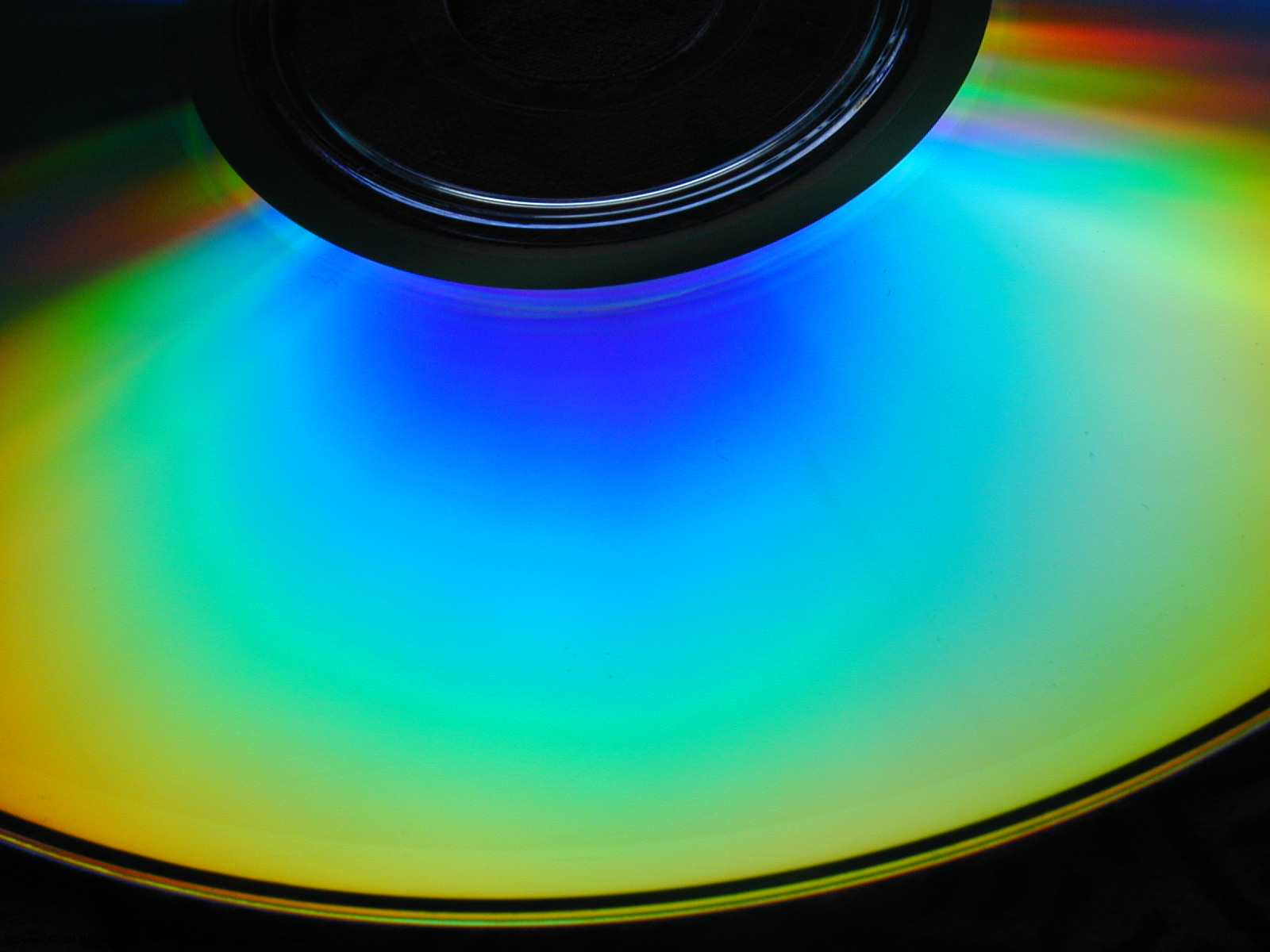How to Open and Use an ISO Image File

An ISO image is basically an archive file and is used to create one-file images of optical media like CDs and DVDs. However, older versions of Windows, like XP and Vista, don’t have native support for ISO images and most people are confused when it comes to using or opening them.
These images are extremely convenient to transfer multiple files and folders because the user does not have to worry about each and every file in the data being transferred. You can easily open and use the data in an ISO file using the following instructions.
Instructions
-
1
The easiest method to open and read ISO image files is to use optical drive emulator software, which installs a virtual drive in your computer, where you can then mount the ISO image just like inserting a CD or DVD into an actual physical drive. There are several free and paid emulators available and you can try out a free version for one-time use.
-
2
Once the software is installed, it will then automatically install a drive which will be visible to you in the ‘My Computer’ folder. Then you can mount the ISO file onto this virtual drive from within the software and read its contents just like you would read on an actual disc.
-
3
Another way to access the contents of an ISO image file is to burn it to an actual drive. Most new computers come with disc burning software and new versions of the Windows operating system also allow you to burn ISO files directly to a disc. You will need a blank CD or DVD and an optical drive that allows burning discs. Once the process is completed, the blank disc you used will have all the data from the ISO file and you can access it freely.
-
4
Using archiving software like 7-Zip and Winrar is also a feasible method if you simply want the data in the ISO file and don’t need it to be emulated like a disc. The archiving software will allow you to view the files and folders inside the ISO archive and consequently extract them. These extracted files will be copied onto your disk drive and you can access them like normal data from the file manager. However, some programs require the use of actual optical media, which can be emulated using software but a simple extraction might not work in such a case.







